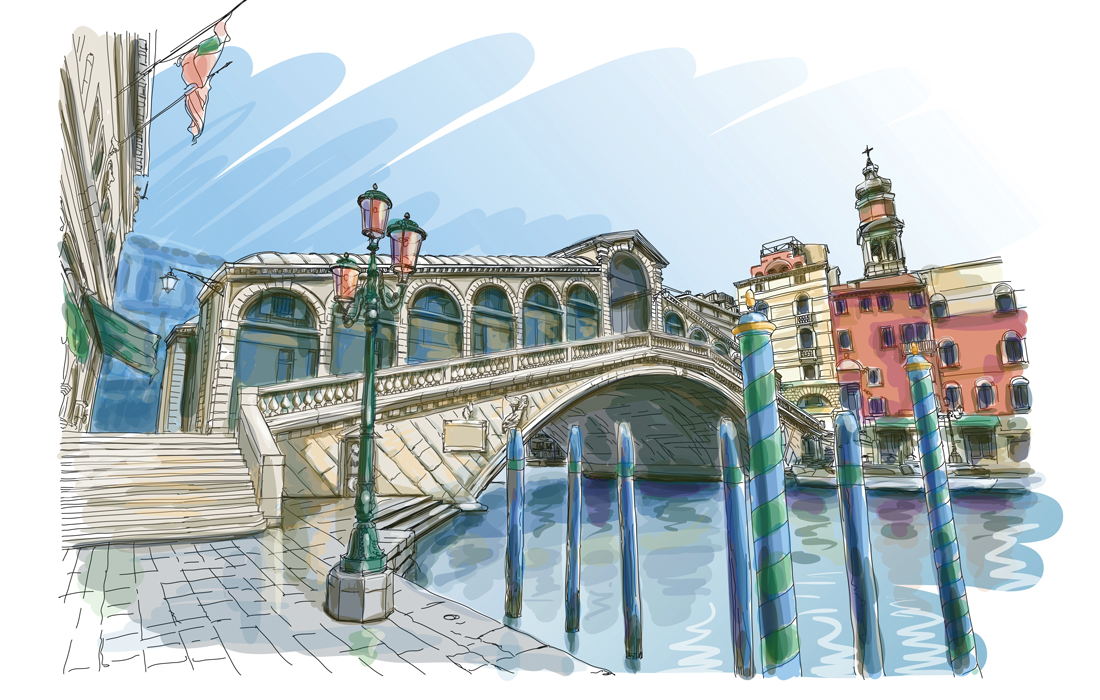Throughout America’s colonial days, education consisted of parents teaching basic literacy to their children, assuming the parents were literate themselves, plus instruction by the local church and then young men entered apprentices to learn a trade. Girls were instructed in household skills by their mothers.
Massachusetts has long been the leader in public education for all children. By the time of our nation’s founding, Massachusetts had elementary or primary schools for children up to age 12. These schools, as well as those that spread throughout the country were generally one room school houses with all aged children taught together. The older or more advanced students were expected to help the teacher instruct the younger or less advanced students.
In the mid-19th century, Horace Mann revolutionized public education in Massachusetts by introducing reforms based on the Prussian system that included separating grades by age and a statewide curriculum. Mann’s reforms spread nationally as the educational demands of the industrial revolution forced all states to adopt primary education. By 1900, 34 states had compulsory education for children up to age 14, although the age limit varied by state.

Some colleges existed from the early colonial days, when they trained ministers and lawyers. Students bridged the gap from a basic elementary education to the college mandates by tutors or in special academies, which evolved into high schools. Although high schools existed in New England in the early 19th century, it was not until the first half of the 20th century that all states adopted high schools and increased mandatory public education to the ages of 16-18.
One of the results of compulsory education is the truant officer. Before compulsory attendance at school, most children received some education from their parents and then spent the rest of their time working on the family farm or playing childhood activities. Some took extended time off to help on the farm and attended school when they could. Forced attendance at school was even less popular among these children then it is today. Local school districts hired truant officers to check up on the absent children and confirm that they were not just skipping school, generally known as “playing hooky.” Most school kids had an image of the truant officer dragging a delinquent child back to school by his ear. In today’s softer era, the truant officer has been replaced by an attendance teacher.

Another feature of primary discipline of American schools was the teacher’s paddle, a descendent of the old adage, “Spare the rod and spoil the child.” Disruptive or otherwise misbehaving children were led to the front of the classroom, instructed to bend over, and administered several good whacks from a paddle. As one who received his share, I can attest that it hurt. But for most boys, getting paddled was a sign of honor, or early manhood. Teachers were more reluctant to paddle the girls, who were generally better behaved anyway. Many teachers had their paddled students sign the paddle at the end of the school year. You received a bit of pain, but it was not a permanent mark. Of course, the paddle is long gone from American schools today.
Another unique feature of the American public education system is control by the states, not the federal government, and in most cases a great deal of freedom at the local municipality level. This has led to different curriculums and uneven standards for a high school graduate. In recent decades, the federal government has attempted to establish more uniform standards and curriculum, although this has generally been met with resistance by local communities other than accepting the federal dollars that flow along with the mandates. There is good reason to vary curriculum based on the student population, primary language being a large one.
It is widely discussed today that Asian-Americans have the highest education performance among ethnic groups with about 50% holding college degrees as compared to just 28% for the population as a whole. However, within the broad Asian-American group, the educational attainment varies widely. The more recent Asian immigrants, those from Vietnam, Laos and Cambodia, fall near the bottom, with 29% of Vietnamese immigrants lacking even a high school diploma, and just 26% holding college degrees according to a study from the 2008-2010 period. Meanwhile for Taiwanese immigrants, only 5% lack a high school education and 74% have college degrees, and Indian, Chinese and Japanese immigrants are not far behind.

Some of this disparity can be explained by the source of the immigration. Many Taiwanese and Indian immigrants have been granted green cards through skills based priority programs, whereas most Vietnamese entered the US as refugees after the fall of Saigon in 1975. Hence, most of the other Asian immigrants already had college educations in the native lands, whereas that is not necessarily true for the Vietnamese refugee population.
One factor favoring Vietnamese-Americans long term outlook for education achievement is the strength of the family unit. Education studies have long shown that the most significant determinate for educational success is the home life, family unity and parental insistence on study and education. The family cohesion of the more recent immigration nationalities bodes well for their future.
Those of us who served with the Vietnamese have the greatest respect for their striving for a better life and risking all to become American citizens. We are confident that you and your children will enrich the fabric of American life.
George Hamilton
1st Brigade, 101st Airborne Division
RVN 1966









